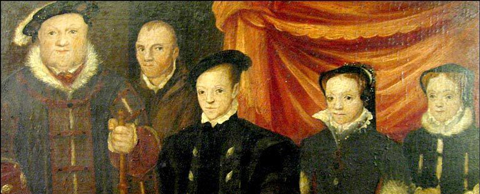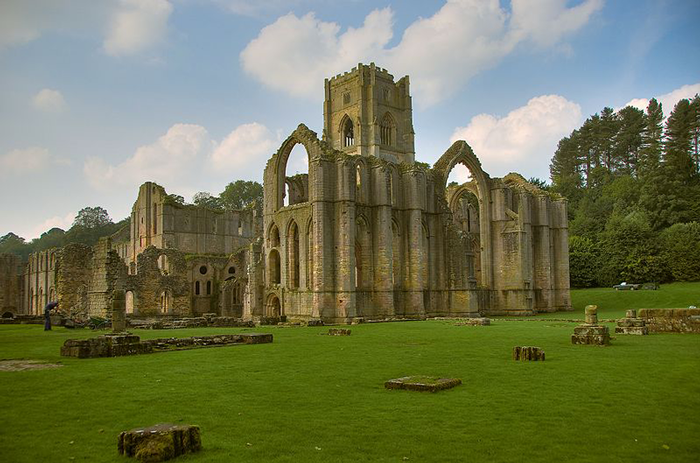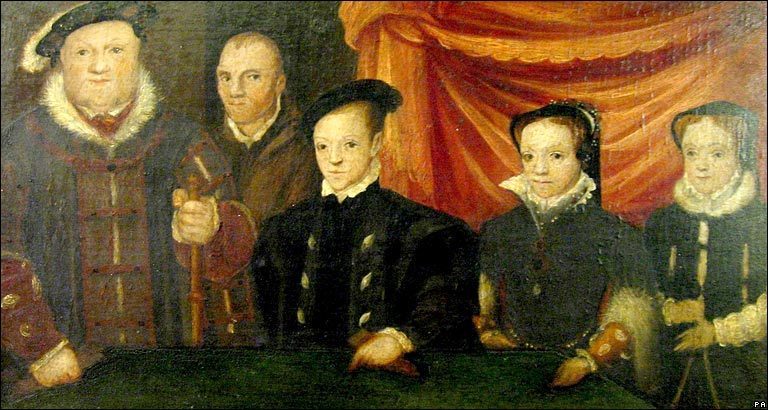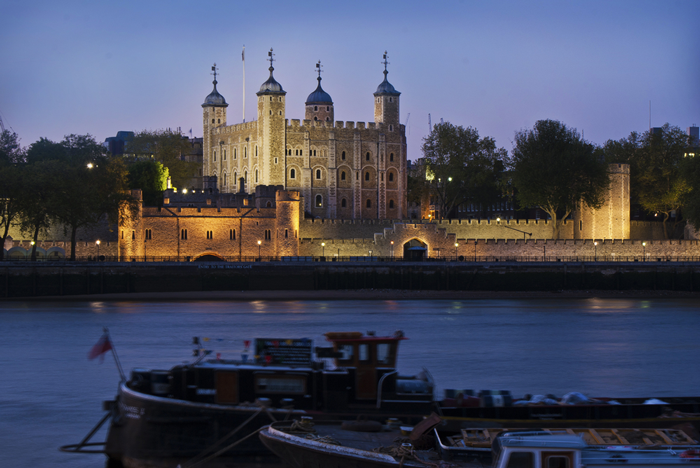
The Wars of the Roses and the Tudor Years: 1457 to 1603
The Wars of the Roses
England was in turmoil – the Wars of the Roses were raging between the Houses of York and Lancaster, both led by younger sons who had broken off from the Plantagenet dynasty. The unrest began with Lancastrian King Henry VI’s bout of mental illness in 1453, during which Richard Duke of York took over the throne. Upon Henry VI’s recovery he sought to take back the crown, but the Yorkists were determined to retain power. After a series of battles, Henry VI was captured and died in the Tower of London in 1471. This wiped out the direct line of Lancastrian males.
Seizing the moment, an exiled Lancastrian relative named Henry Tudor returned to England to claim the throne. He challenged Richard III, a brother of Edward IV who had unlawfully seized the throne and defeated him at the Battle of Bosworth Field in 1457.
The Tudor Years: 1457 to 1603
Henry Tudor, now King Henry VII, married Elizabeth of York and united the two warring families. Up until his death in 1509 Henry VII fended off numerous would-be usurpers and consolidated Tudor rule in England, paving the way for his son, the infamous Henry VIII, who became king at the age of eighteen.
Henry VIII is notorious for his six marriages, but the significance of his legacy lies in his reforms of the Royal Navy and creation of the Church of England. He grew the navy from five to 50 ships, built the UK’s first naval dock in Portsmouth, and centralised the government’s control of the navy.
Henry VIII also began the English Reformation, which signalled a drastic shift in English culture and initiated centuries of religious conflict. In 1533 he left the Catholic Church because he wanted to annul his first marriage, and declared himself the head of a new Church of England.
This was soon followed by the Dissolution of the Monasteries, when all monasteries, convents, and other places of Catholic life throughout England, Ireland, and Wales were forcibly closed.


The ten years following Henry VIII’s death were fraught with power struggles. The first to ascend the throne in 1547 was the late king’s only son (from his third marriage), Edward VI, who was just nine years old. When Edward VI died of tuberculosis only six years later, Protestant noblemen were terrified that Henry VIII’s daughter Mary, his legal heir from his first marriage and a fervent Catholic, would return the country to Catholicism.
They therefore installed Lady Jane Grey, a Protestant cousin of Mary’s, on the throne. Lady Jane, age 16, was only queen for nine days before Mary’s supporters rallied in London and arrested her. She and her husband were beheaded in the Tower of London, and Mary became queen.

Queen Mary I is often called “Bloody Mary” because of her brutal crackdown on Protestantism. The queen’s campaign to reinstate Catholicism proved deeply unpopular, not least because she ordered hundreds of Protestants burned at the stake. She and her half-sister Elizabeth, daughter of Henry VIII and his second wife Anne Boleyn, had a tense relationship due to Elizabeth’s adherence to the Church of England.
Upon Mary’s untimely death in 1558, Elizabeth was crowned Queen and the public was overjoyed. Elizabeth I reintroduced the Church of England, but made sure to retain aspects of Catholic worship in order to appease all of her subjects. She is also famous for the arts and expeditions that prospered during the Elizabethan era.
William Shakespeare began writing during this time, and explorers, including Sir Francis Drake the circumnavigator, made voyages to the Americas and beyond. Many of Shakespeare’s history plays focused on the conflicts of the previous two centuries, including the Wars of the Roses.

Despite the relative peace of Elizabeth I’s reign the question of religion continued to trouble both England and Scotland. Elizabeth I’s cousin, Mary, ascended the throne of Scotland in 1560. Although Mary allowed her subjects to be Protestant, she herself was Catholic which made many Scottish people suspicious. Eventually she was forced to give up the throne to her very young son, James VI, in 1567.
Mary travelled to England to seek her cousin Elizabeth I’s support; however, because she was a direct descendent of Henry VIII, many Catholics in England saw Mary as the rightful heir to the English throne. Elizabeth I therefore had Mary executed, a decision which haunted her for the rest of her life.
Click here to read the next part of Jim’s historical series, focusing on the Stuarts: 1603 to 1714
Fountains Abbey image by Alastair Moore, licensed under the Creative Commons Attribution-Share Alike 2.0 Generic license.

